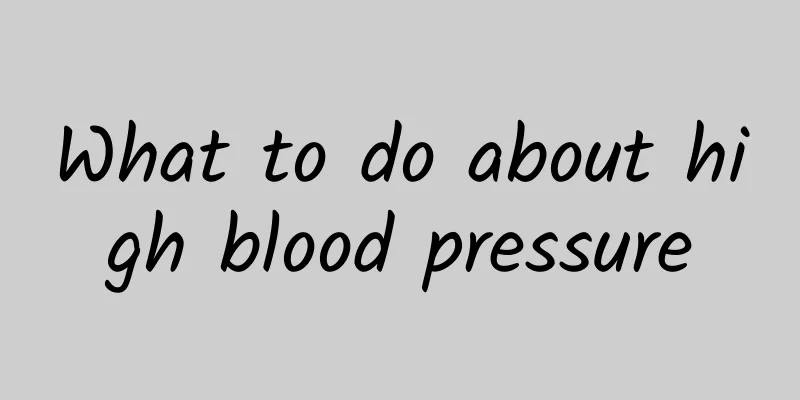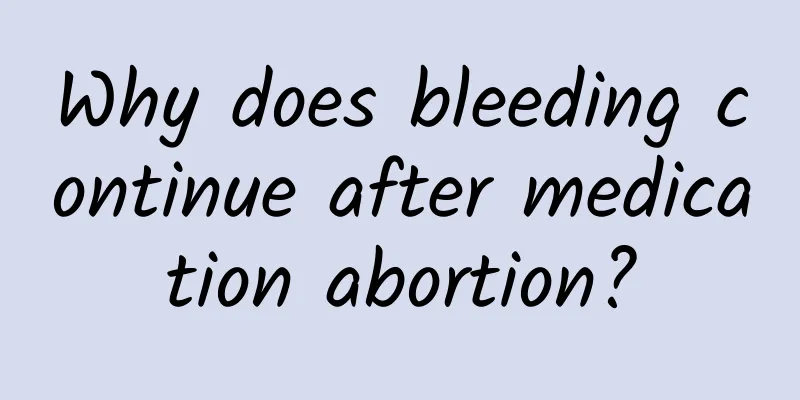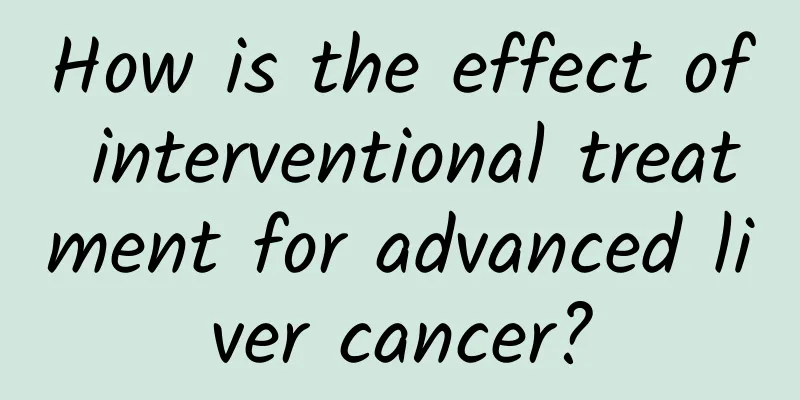What to do about high blood pressure

|
Everyone's physical constitution is different, but the definition of health and the standards for measuring the human body are the same. Otherwise, how could there be a distinction between healthy and unhealthy. In reality, there are many situations that can cause your body to become abnormal, which is what we call unhealthy, such as diet, personal hygiene, contact with people, etc. These are all things that can be criticized. Everyone's blood pressure also has a normal and healthy standard. Blood pressure is divided into systolic pressure and diastolic pressure. For normal people, blood pressure between 120 and 80 is healthy. If it is higher than this value, we call it hypertension. So what should you do when you have high blood pressure? The ultimate goal of antihypertensive treatment is to reduce the incidence and mortality of cardiovascular and cerebrovascular diseases in patients with hypertension. Antihypertensive treatment should establish blood pressure control target values. On the other hand, hypertension often coexists with other risk factors for cardiovascular and cerebrovascular diseases, such as hypercholesterolemia, obesity, diabetes, etc., which synergistically increase the risk of cardiovascular disease. Treatment measures should be comprehensive. (1) Improve lifestyle behaviors ① Lose weight. ②Reduce sodium intake. ③Supplement calcium and potassium salts. ④Reduce fat intake. ⑤Increase exercise. ⑥Quit smoking and limit drinking. (2) In principle, blood pressure control standards should lower blood pressure to the maximum tolerable level for the patient. (3) Collaborative control of multiple cardiovascular risk factors: Although blood pressure is controlled within the normal range after antihypertensive treatment, multiple risk factors other than elevated blood pressure still have an important impact on prognosis. 2. Antihypertensive drug treatment (1) Types of antihypertensive drugs: ① Diuretics. ②β-receptor blockers. ③Calcium channel blockers. ④Angiotensin-converting enzyme inhibitors. ⑤Angiotensin II receptor blockers. (2) Treatment options Most patients without complications or comorbidities can use thiazide diuretics, beta-blockers, etc. alone or in combination. Treatment should start with a low dose and increase gradually. In actual clinical use, the patient's cardiovascular risk factors, target organ damage, complications, comorbidities, antihypertensive efficacy, adverse reactions, etc. will all affect the choice of antihypertensive drugs. Patients with stage 2 hypertension can be treated with a combination of two antihypertensive drugs from the beginning. We all know that as long as it is a disease, we will classify it into mild and severe levels. Hypertension is no exception and is also divided into mild, moderate, and severe. Of course, the higher the level, the more serious it is. So as long as you understand the above information about high blood pressure, I believe you will get good results. However, we must pay attention to diet in our daily life. As the saying goes, disease comes from the mouth. As long as we eat healthily and do more exercise, we will definitely have a healthy body. |
<<: Six signs of cancer in the morning
>>: Symptoms of atopic dermatitis
Recommend
Why do I have dry mouth when I wake up?
Many people find that their mouth is dry after wa...
How to deal with burns and broken skin
Accidental skin scalding is very common, especial...
Sole skin ulcers
The skin on the soles of the feet is harder than ...
Symptoms of Qi stagnation and blood stasis
We often hear about qi stagnation and blood stasi...
Tumor in the intestine
Tumor is a common symptom in people's body st...
Polyp in the external auditory canal
Polyps are a very special disease that can appear...
How to cure Achilles tendon strain quickly?
In modern society, people have begun to choose fi...
Symptoms of premature ovarian failure, these four points are the most obvious
Premature ovarian failure is very harmful to the ...
How can I treat cervical hypertrophy quickly?
Cervical hypertrophy is a common gynecological di...
What are the clinical manifestations of bacteremia?
Some friends may be confused about bacteremia and...
What does the six gonad tests test?
The female reproductive system is very special an...
What is the female appendage?
The female adnexa is a female reproductive organ,...
28 weeks of pregnancy uterine height abdominal circumference standard
We all know that pregnancy is very hard for women...
How to treat cold feet?
It is a common phenomenon that some people always...
How to take care of your period
During menstruation, the female vagina is in an o...









